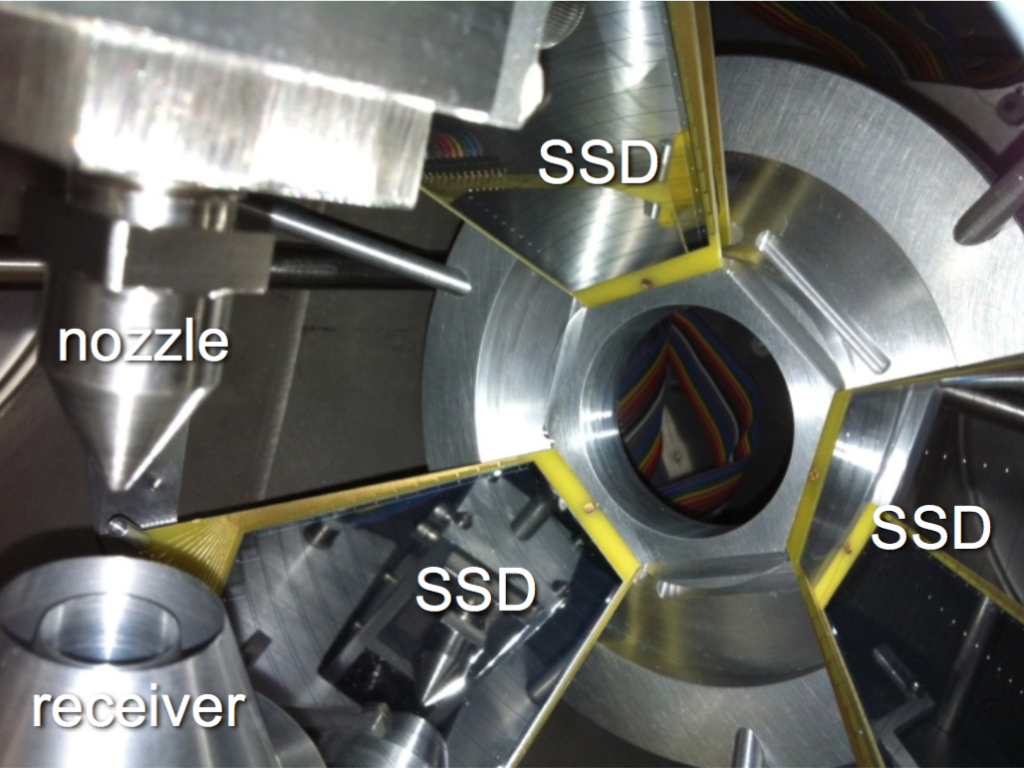
A priority target of gamma ray astronomy, observing the decay of radioactive 18F nuclei in space can help diagnose the mechanism of nova explosions which create and disperse this radionuclide. A possible resonance in the nucleus 19Ne below the threshold of the 18F(p,a)15O reaction has contributed a large uncertainty in the net 18F synthesis in novae. The Jet Experiments in Nuclear Structure and Astrophysics (JENSA) windowless gas target system was used to make an unambiguous confirmation of the existence of this subthreshold resonance and determined its spin via a 20Ne(p,d)19Ne measurement. The high density of the target gas, equivalent to some solid targets, the few mm target width, and the use of pure target gas enabled this measurement to succeed where previous attempts with solid targets failed. The result reduces the uncertainty of the rate of the thermonuclear 18F(p,a)15O reaction by factor of approximately 3 at nova temperatures, giving a corresponding factor of 2 reduction in the uncertainty of the production of 18F in nova explosions and a factor of 2.8 decrease in the uncertainty of the probability of detecting 18F from novae by satellite observatories.

